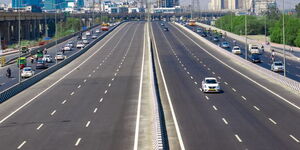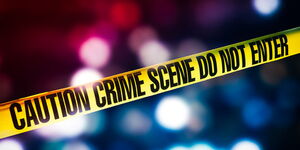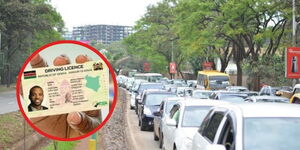While on the road, you may have noticed emergency vehicles like ambulances, fire trucks, and police cars vrooming by with loud sirens flashing red and blue lights on car tops.
Often, other vehicles give way to the emergency vehicles especially when there is a traffic snarl-up. However, have you ever questioned why the colours blue and red are the only ones used?
Kenyans.co.ke learned that there are five reasons why only the two colours are used;
Colour Theory
According to the colour theory, people associate different colours with different moods.
Red is often associated with danger such as fire outbreaks and is also used on the stop signs across roads globally. Blue, on the other hand, is associated with calmness and tranquility.
Visibility
The two colours are used because, according to experts, red light is more visible during the day while blue light is more visible at night.
Cater to the Colour Blind
Some motorists are colour-blind. The use of blue and red for emergency vehicle lights makes it more effective to get their attention.
According to research, those unable to see blue can see red and vice versa. It was concluded that it was rare for a person to not see both colours.
"Many people with colour-blindness can not distinguish between certain shades of red and green. Less commonly, people with colour blindness cannot distinguish between shades of blue and yellow," read a statement from Mayo Clinic, a world-renowned medical provider.
Additionally, the blue light is added to complement the red light since fewer signs on the road are in colour blue.
Therefore, it is easy for motorists to distinguish between emergency vehicles and others on the road. Furthermore, the two colours are far apart in the spectrum making it hard for people to confuse them.
Flashing for More Effect
Together, the two colours are designed to flash for more effect in the motorists' minds. Since they are different, they are more impactful to clear the road during an emergency.
According to the Traffic Act, all motorists should pave way for emergency vehicles including police cars, fire engines, and ambulances.
"Every driver shall, upon hearing the sound of any gong, bell (other than a bicycle bell) or siren indicating the approach of a police vehicle, ambulance or fire engine, at once, give such vehicle right of way and if necessary, pull his vehicle to the nearside of the road and stop until the police vehicle, ambulance or fire engine has passed," reads the Act in parts.












